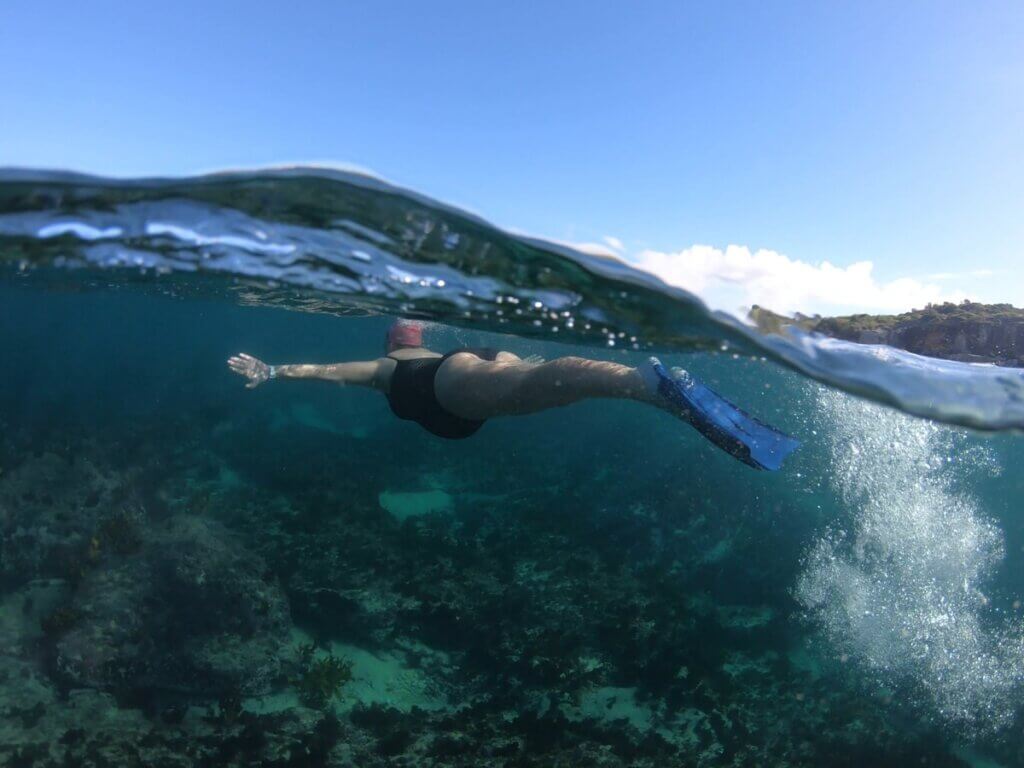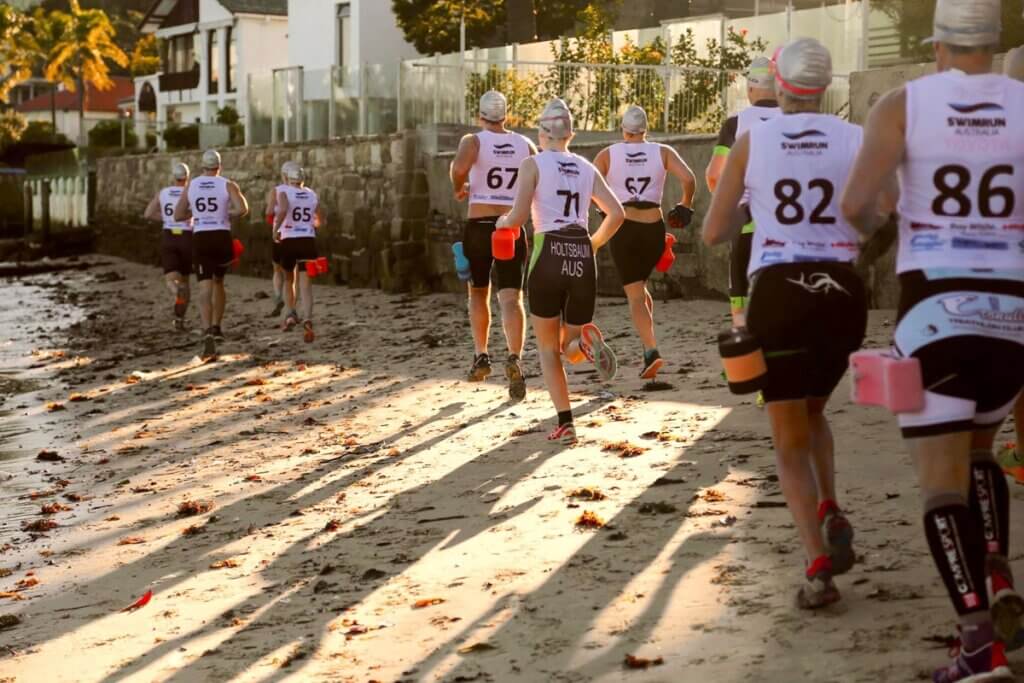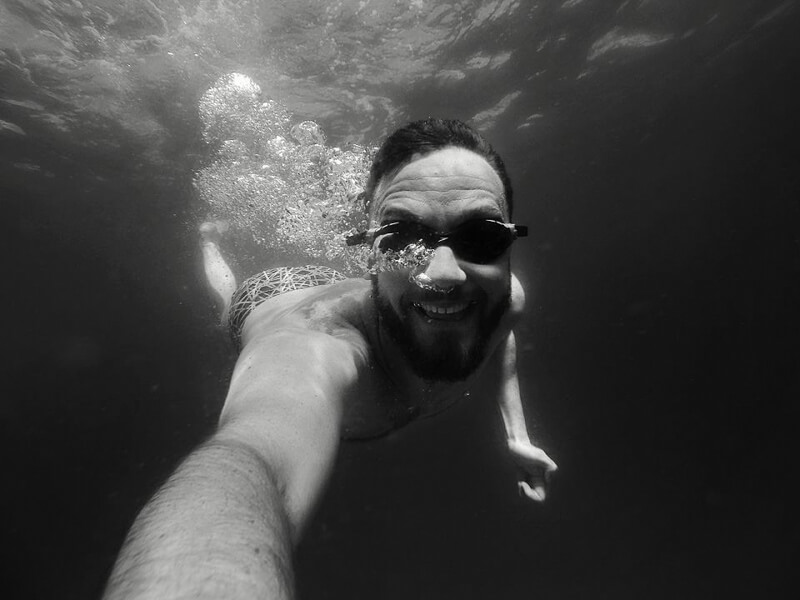What is the best tide for ocean swimming?

I once had a clinic participant who was adamant that it was always low tide in the morning and so he timed his swims for the start of every day when conditions were at their best.
In that same clinic, no one was brave enough to explain tides to me, so whilst tides can be simple, there is still some mystery about them!
Understanding the basic dynamics of tides is one thing (they rise and fall), but have you ever wondered how the tide affects surf conditions and impacts your ocean swim?
To glide over a few basics; the tide is a result of the gravitational pull of the moon, we get approximately two low tides and two high tides a day, and there are just shy of 6 1/2 hours between a low tide and a high tide.
As a simple guide, if it’s high tide at 4:30 pm today, it’ll be high tide tomorrow at ~5:30 pm and so on.
Understanding what tide is best for your swimming location can help you make smarter decisions about when to swim, prepare you for what to expect if you are about to swim, and help you score the best waves.
To make things easy, you can break up the tidal behaviour into four stages; incoming, high, outgoing, and low.
- On incoming tides, the water depth deepens and so waves will travel faster. You would need to factor this in when timing your negotiation of waves.
- On high tides, when the swell is on the smaller side, this might result in flatter surf or waves that break on the shoreline. Swimming as the tide reaches its high point is the sweet spot.
- On outgoing tides, particularly from the mid-to-low point, the inshore currents tend to be stronger as the water filters through narrower channels formed by shallower sand banks. This is great for catching a ride out through a rip current, but can be a dangerous time for non-swimmers (most rescues are performed at this stage).
- On low tides, the water level is shallower, allowing smaller waves to break earlier, therefore extending the wave zone farther away from the shore. Larger waves might also dump harder on shallower banks. You would need to factor in an increase in the distance and time taken to get through the surf zone, as well as prepare for an increase in the number of waves you may have to negotiate. On the flip side, you might also be able to wade out through much of the surf zone.
Further to all this, for body surfers, the shape and surfability of waves at any given spot will be largely affected by the tide. Some spots break better or only break, on certain tides, so the payoff for getting your timing right can be epic.
Each time you hit the beach, check the tide and take notice of the behaviour of the waves and currents in that stage of the tidal cycle, then use your knowledge to swim smarter.
And, as for my mate and his enjoyable morning swims, he’s got the right idea, just for the wrong reason!






Responses